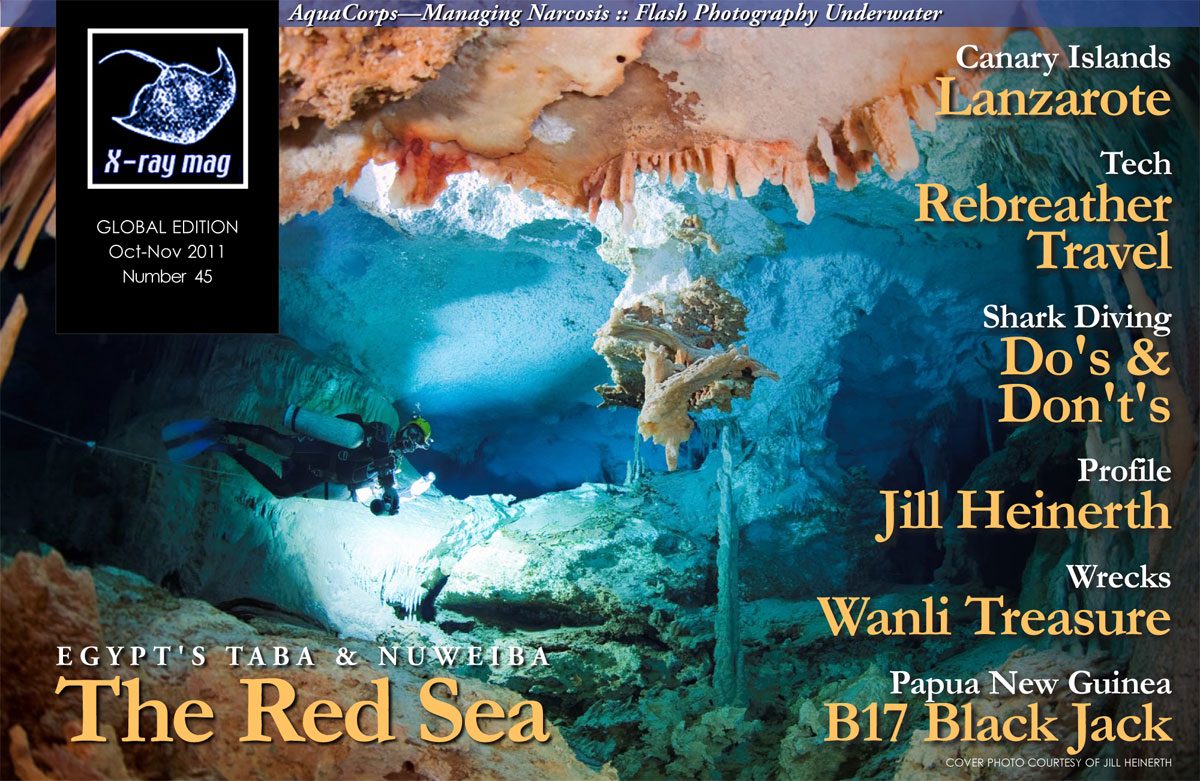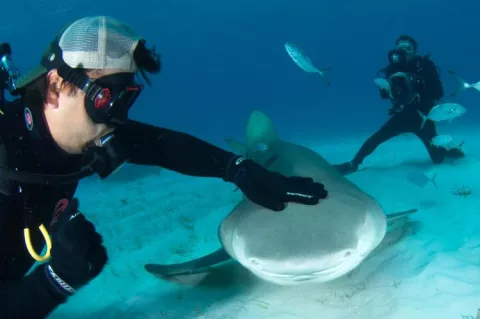Sea urchins see with their whole body
According to a study that appeared in the Journal Proceedings of the National Academy of Sciences, new research has indicated that sea urchins may use the entire surfaces of their bodies—from the ends of their "feet" to the tips of their spines—as huge eyes. Scientists have long known that marine invertebrates react to light without any obvious eye-like structures, raising the question of how the animals see.
- Read more about Sea urchins see with their whole body
- Log in to post comments






